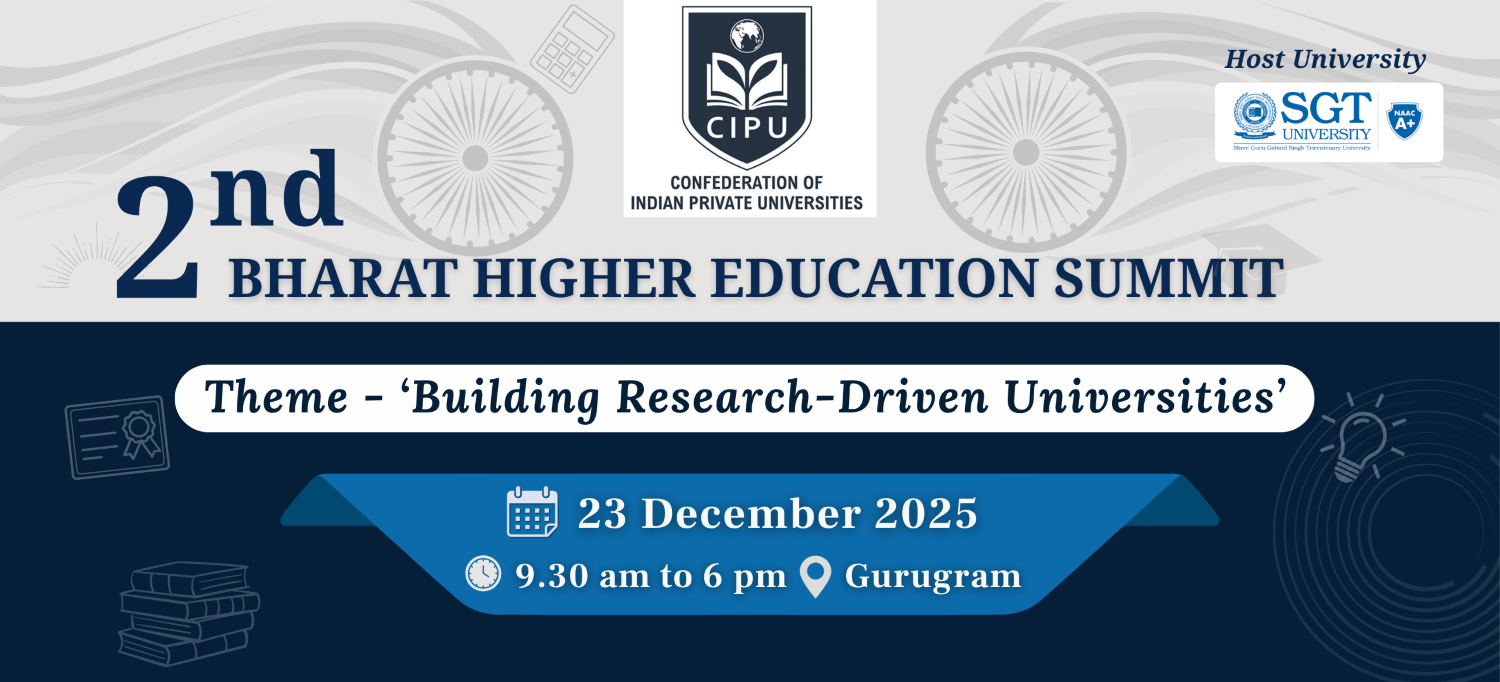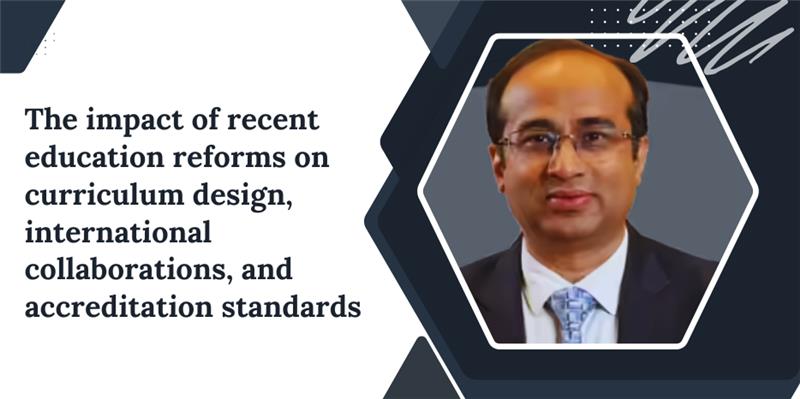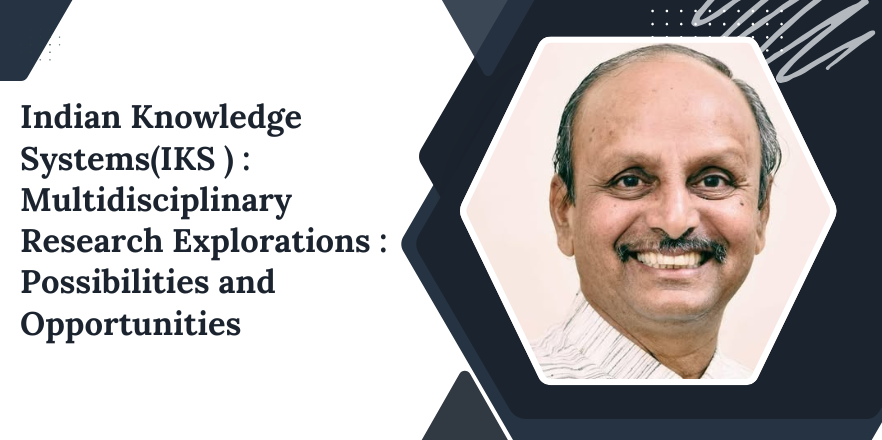
Education has always been highly valued in Indian culture, with ancient wisdom embedded in its philosophical roots. As we embrace Education 5.0 – a learner-centric approach that integrates technology and promotes holistic development – it is important to recognize the wisdom of the Vedic teachings. In this article, we will explore the concept of Education 5.0 in India, provide suggestions for its implementation, and incorporate relevant Vedic shlokas to inspire and guide us on this transformative journey.
Understanding Education 5.0:
Education 5.0 transcends the conventional teacher-centered model and focuses on personalized, experiential, and technology-integrated learning. It aims to foster critical thinking, creativity, adaptability, and holistic development in students. This approach aligns with the essence of Vedic philosophy, which emphasizes knowledge, self-realization, and an inclusive, balanced life.
Suggestions for Implementing Education 5.0 in India:
1. Embracing Vedic Values:
Vedic teachings emphasize the pursuit of knowledge, moral values, and holistic well-being. By incorporating Vedic values into the education system, we can instill a sense of moral responsibility, empathy, and respect for all beings. The principles of dharma, karma, and holistic living can serve as guiding lights for educators and students alike. Translation: Let us work together with strength and vigor. May our study be enlightening and free from discord.
2. Nurturing Individual Talents:
Education 5.0 encourages personalized learning that acknowledges the unique talents and interests of each student. By identifying and nurturing their innate abilities, we can help them realize their full potential. An inclusive curriculum that offers diverse opportunities for artistic, athletic, and academic pursuits can provide a well-rounded education.
3. Integrating Technology:
Advancements in technology present significant opportunities for Education 5.0. Integrating interactive online platforms, virtual reality, and artificial intelligence into the curriculum can make education more engaging and effective. It also provides access to quality education for students regardless of geographic location.
4. Encouraging Critical Thinking:
Promoting critical thinking enables students to analyze, evaluate, and reflect on information independently. Education 5.0 emphasizes teaching methodologies that stimulate curiosity, creativity, and problem-solving skills. This prepares students to face real-world challenges and make informed decisions.
5. Teacher Empowerment and Development:
Teachers play a significant role in Education 5.0, guiding and facilitating students' learning journeys. Empowering teachers through continuous professional development programs, mentorship, and collaboration platforms enhances their pedagogical skills, technology integration abilities, and emotional intelligence.
6. Collaboration among Stakeholders:
Education 5.0 necessitates collaboration among stakeholders such as educators, students, parents, government bodies, and the private sector. Partnerships with technology companies, non-profit organizations, and academia can foster innovation, resource sharing, and policy development. Regular communication and collaboration platforms ensure collective decision-making and accountability.
Conclusion:
Education 5.0 brings a transformative shift to education in India, aligning with the principles of Vedic wisdom. By embracing Vedic values, nurturing individual talents, integrating technology, encouraging critical thinking, empowering teachers, and fostering collaboration, we can revolutionize the education system. Let us draw inspiration from the timeless Vedic shlokas, which encapsulate the essence of education as a path to enlightenment and holistic well-being. Together, we can create an education system that equips students with the skills, knowledge, and values they need to thrive in the 21st century.






